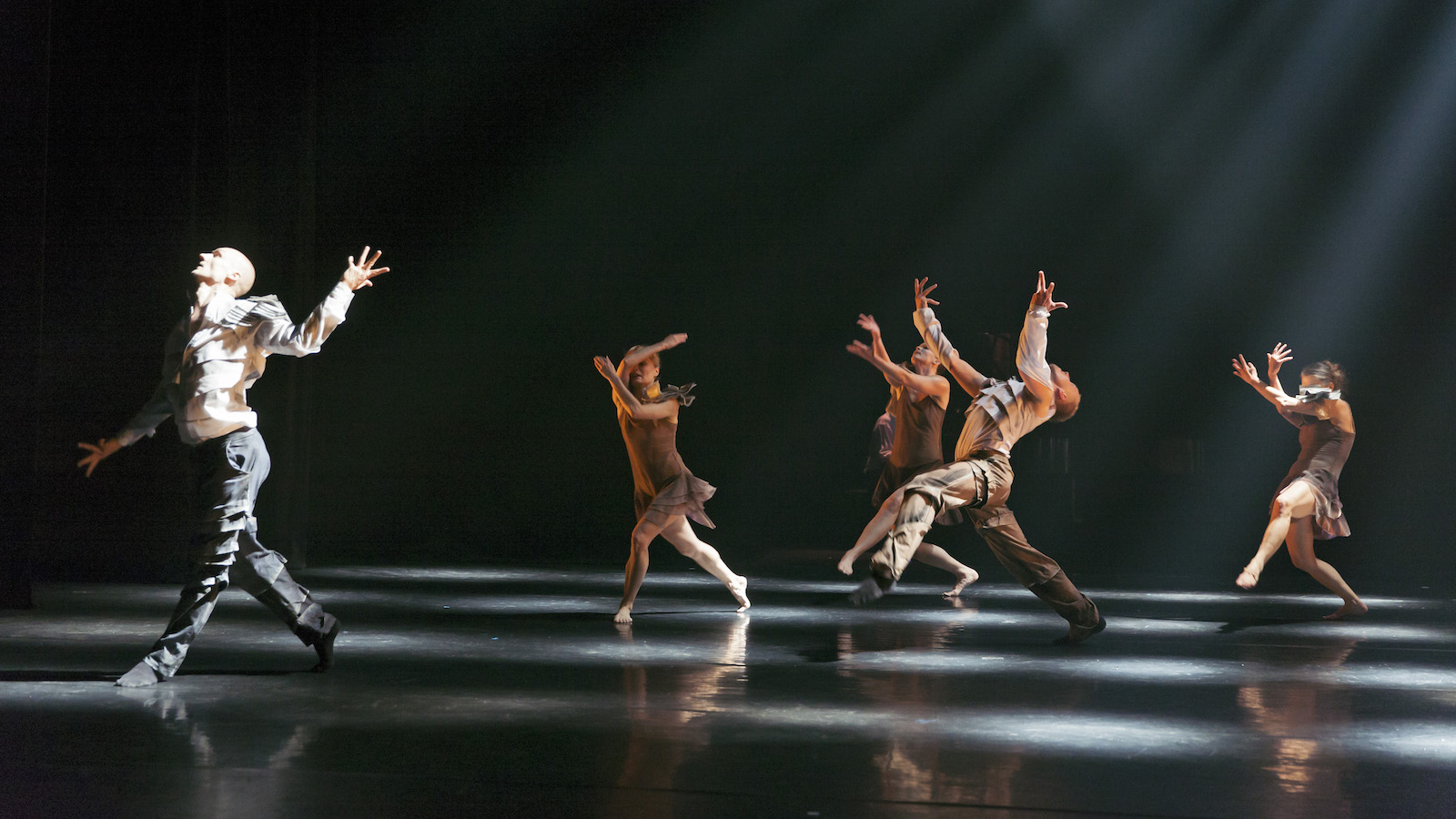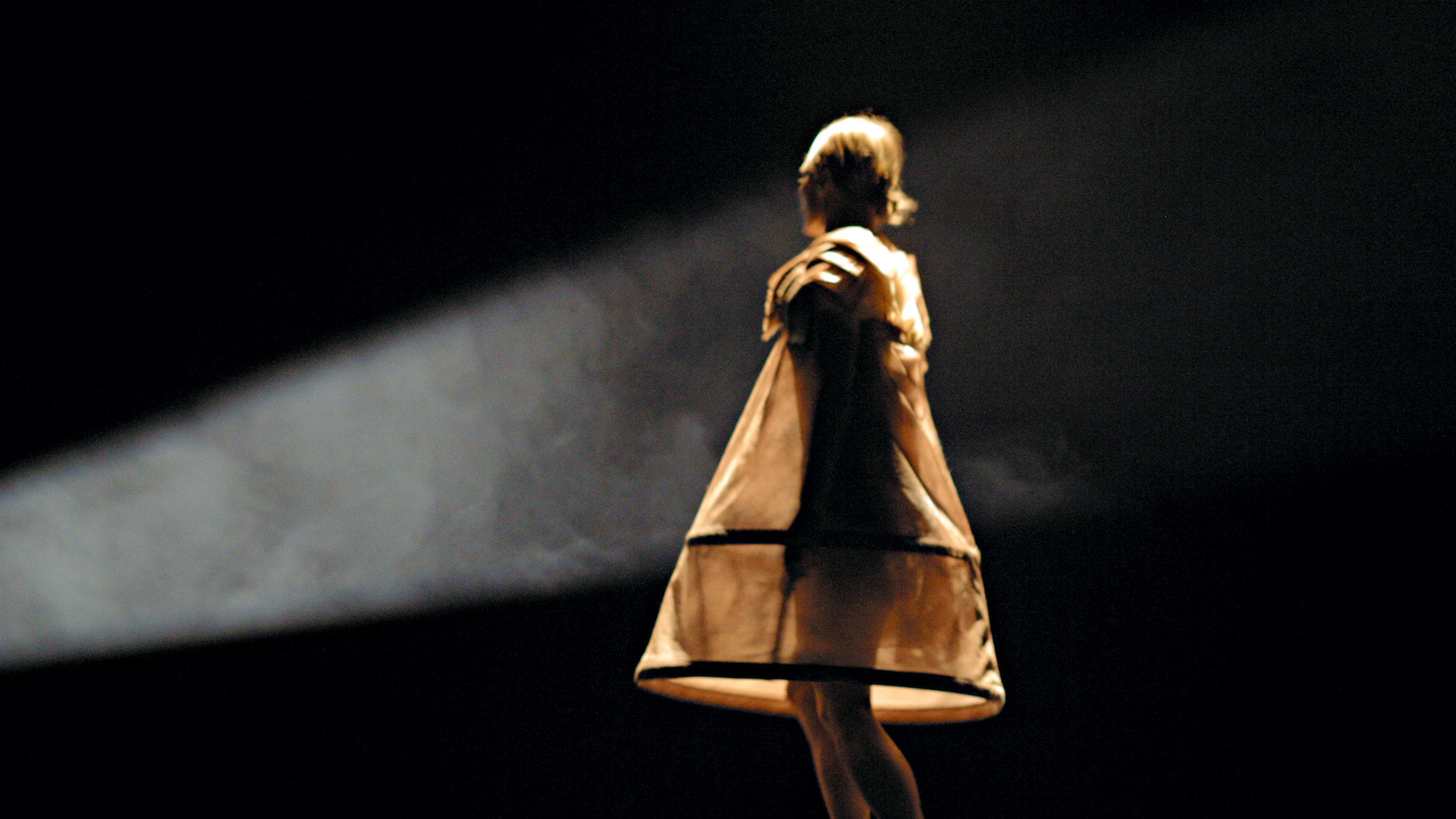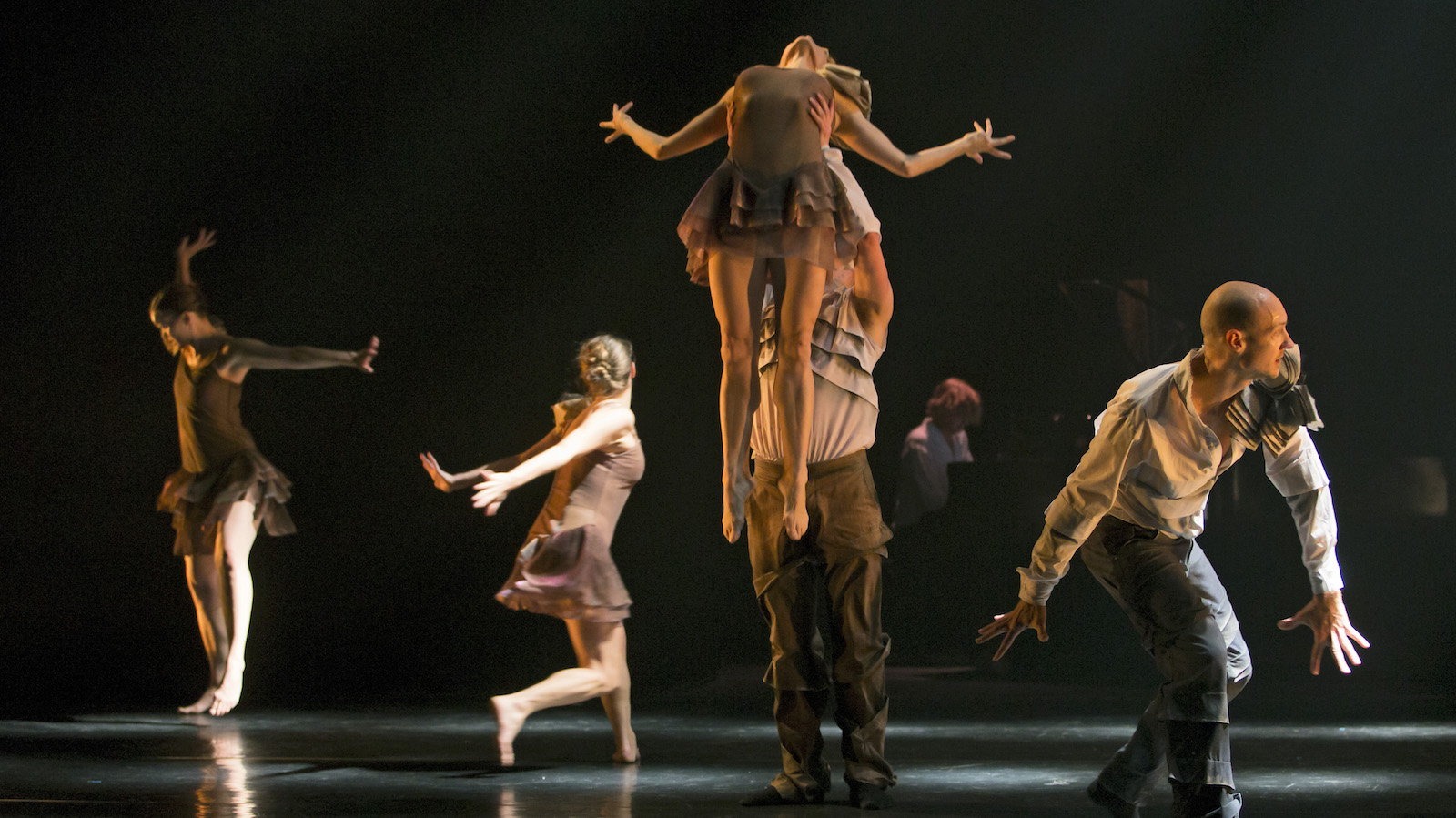Gaspard
Creative team
Tero Saarinen
Mikki Kunttu
Keren Nissim
Henrikki Heikkilä
Satu Halttunen
Mikko Lampinen
Natasha Lommi
Annika Hyvärinen
Maria Nurmela
Heikki Vienola
Choreographer's Note
“I wanted a hedonistic atmosphere in the choreography. Human encounters: waiting, fascination and disappointment as well as an individual’s decisions’ relation to a community were the starting points of my choreography. The polarities of death and sensuality present in the poems of Aloysius Bertrand, which served as an inspiration to the composer, have given the piece and its visuality their own unique spice of weirdness and a dreamlike quality.”
– Tero Saarinen
Gaspard
Choreography Tero Saarinen
Music Maurice ravel: Gaspard de la Nuit
Lighting design Mikki Kunttu
Costume design Keren Nissim
Choreographer’s Assistant Colette Malye
About the composer
Maurice Ravel (1875-1937) was a French composer known especially for his melodies, masterful orchestration, richly evocative harmonies and inventive instrumental textures and effects. He is often associated with impressionism, while he himself rejected this description. Ravel’s musical language is ultimately very original, innovative and distinctive. He is best known for his orchestral work Boléro (1928), which he once described as “a piece for orchestra without music”. Gaspard la nuit was written in 1908. It demands, like all of Ravel’s other work, considerable virtuosity from the performer.
“Above all, he (Tero Saarinen) knows how to transform space into a magic box. -- The obliqueness in the piece is not without interest, and the choreography, increasingly cumulative, has a textured numbness in the best sense.”
- The New York Times (USA), 2002
“Saarinen has the ability to create collective, almost zero-gravity states. --- Even the complex outbursts and confrontations have an organic structure, as if caused by underwater currents and vortices. The work is soothing and caresses the eye.”
- Helsingin Sanomat (Finland), 2014
“Chief among these was the talent of Saarinen, an exceptionally gifted Finnish choreographer. -- Saarinen's Gaspard may be a ballet simply because ballet dancers danced it. It is otherwise a gripping modern dance with elements of Butoh cannily exploited. It is a most intriguing work.”
- San Francisco Chronicle (USA), 2002
“(Tero Saarinen) captures the underlying atmospheres very successfully and has a virtuosic sense of form. --- The optimum balance between gentleness and strength, and the five dancers were all impressive.”
- Hufvudstadsbladet (Finland), 2014
“In Tero Saarinen's Gaspard, Lyon Opera Ballet edged boldly away from footwork to create larger, more cinematic images. The effect was quite amazing, like watching a silent movie set to Edward Boagni's ecstatic piano.”
- Ottawa Sun (Canada), 2002



